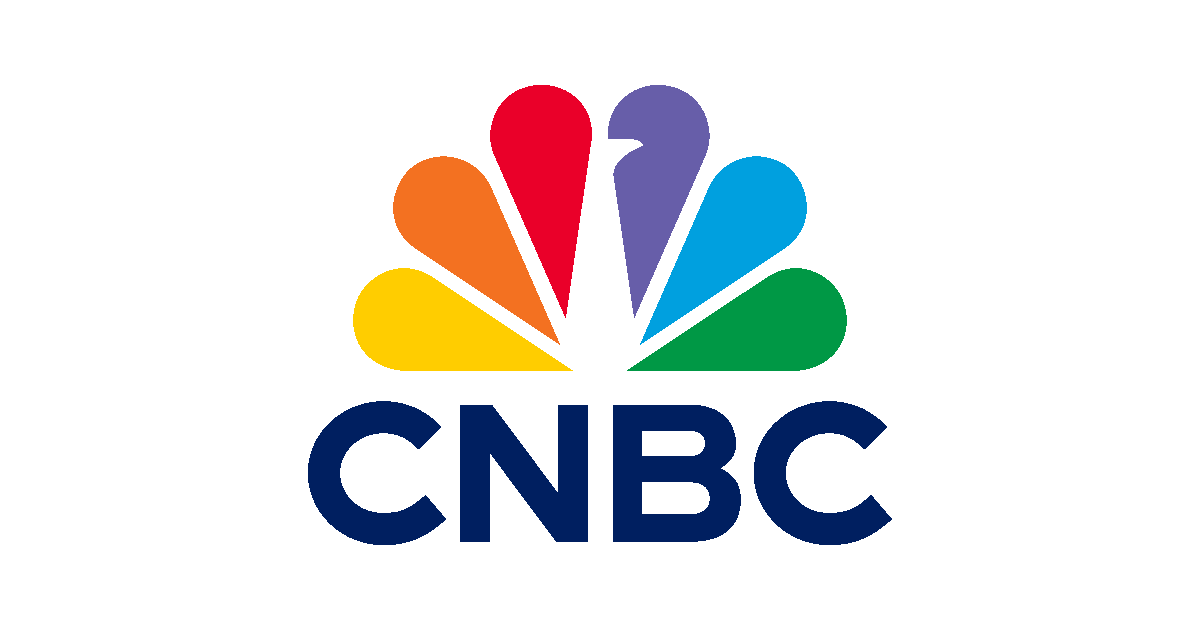Six years ago, Amazon initiated a contest to find the location for its second headquarters. The contest attracted bids from 238 states, provinces, and cities competing to become the next home of the leading online retailer and second-largest private employer in the United States.
This week, Amazon officially opened the first phase of its new East Coast headquarters, known as HQ2, in northern Virginia. The initial phase, named Metropolitan Park, consists of two 22-story office towers that can accommodate 14,000 out of the 25,000 employees Amazon plans to hire in Arlington. Currently, 2,900 employees have already moved in, with an estimated 8,000 employees expected to occupy Met Park in the fall.
Amazon established its original headquarters in Seattle back in 1994, primarily due to the city’s abundance of tech talent and the presence of Microsoft in nearby Redmond, Washington. Over the years, Amazon’s Seattle campus has expanded to encompass millions of square feet across more than 40 office buildings, employing approximately 65,000 corporate and technical staff in the greater Puget Sound area.
The rationale behind Amazon’s decision to build a second headquarters becomes a pertinent question, given the company’s extensive presence in Seattle and its ongoing real estate expansion worldwide.
Around 2005, as Amazon’s business grew and its Seattle campus expanded, founder and then-CEO Jeff Bezos contemplated the company’s future expansion location. During all-hands meetings, employees would inquire whether Amazon would ever be housed in a single location, as John Schoettler, Amazon’s real estate chief, revealed in an interview.
Bezos had initially proposed that Amazon remain in the Puget Sound region, but the conversation soon shifted towards creating a new neighborhood reminiscent of its Seattle campus, according to Schoettler. Rather than constructing an inward-looking campus on suburban farmland, Amazon sought to position itself within the urban fabric, creating an outward-looking and walkable neighborhood that fosters a sense of community integration.
Holly Sullivan, Amazon’s Vice President of Economic Development, emphasized that it would have been challenging for Amazon to accomplish this level of integration by dispersing employees across multiple tech hubs throughout North America. Thus, HQ2 offered an opportunity for more comprehensive collaboration and a stronger sense of belonging to a neighborhood.
Amazon faced obstacles during its highly publicized search for a second headquarters. Initially, the company intended to split HQ2 between New York’s Long Island City and the Crystal City area of Arlington. However, due to public and political opposition, Amazon withdrew its plans to build a corporate campus in Long Island City.
The arrival of Amazon in Arlington has raised concerns about increased housing costs and displacement. In response, the company has committed over $1 billion towards building and preserving affordable homes in the region. Schoettler explained that Amazon intends to focus much of its future growth in Arlington and Nashville, where its logistics hub is located. Additionally, the company plans to hire up to 12,000 employees in the Seattle suburb of Bellevue.
HQ2 shares similarities with Amazon’s Seattle campus, featuring a community banana stand, whiteboards in building elevators, and a dog-friendly atmosphere. Metropolitan Park includes a public dog park and a gallery wall showcasing the dogs of Amazon employees. The towers also incorporate plant-filled terraces and a rooftop urban farm that mirrors the aesthetic of the “Spheres,” botanical garden-like workspaces that serve as a focal point in Amazon’s Seattle office.
The opening of HQ2 coincides with uncertain times for Amazon and the broader tech sector. Many prominent tech companies, including Amazon, downsized their workforce and scaled back spending due to sluggish revenue growth and concerns about an impending recession.
Furthermore, companies are grappling with the concept of work in a post-pandemic world, with employees growing accustomed to remote work and expressing hesitancy about returning to the office. Last month, Amazon implemented a policy requiring corporate employees to work from the office at least three days a week, which prompted resistance from workers seeking greater flexibility.
In anticipation of this shifting work environment, Amazon adapted the design of HQ2. The workspace now includes more communal areas and fewer assigned desks, as employees may only spend about 30% of their day at a desk. The remaining time can be allocated to conference rooms or casual meetings with colleagues over coffee.
This hybrid working environment has also influenced the development plans for HQ2. Amazon announced a delay in groundbreaking for PenPlace, the second phase of its Arlington campus, as it observes how employees adapt to the new offices in Metropolitan Park. PenPlace is anticipated to feature three 22-story office buildings, over 100,000 square feet of retail space, and a 350-foot-tall tower called “The Helix,” which will incorporate outdoor walkways and vegetation-filled meeting areas for employees.
Though Amazon has not provided a specific timeline for the development of PenPlace, Schoettler mentioned that the permitting and preconstruction processes are underway. The company seeks to ensure that the design and construction align with its long-term vision and commitment to these significant investments.
In conclusion, Amazon’s decision to build a second headquarters stemmed from the desire to recreate the neighborhood-like atmosphere of its Seattle campus. HQ2 in Arlington offers an opportunity for enhanced collaboration and community integration. As Amazon continues to expand, Seattle remains a significant but limited growth option, while Arlington and other locations, such as Nashville and Bellevue, present avenues for future development. The opening of HQ2 reflects Amazon’s adaptability to evolving work environments and its commitment to designing spaces that facilitate collaboration, flexibility, and longevity.
Denial of responsibility! VigourTimes is an automatic aggregator of Global media. In each content, the hyperlink to the primary source is specified. All trademarks belong to their rightful owners, and all materials to their authors. For any complaint, please reach us at – [email protected]. We will take necessary action within 24 hours.


